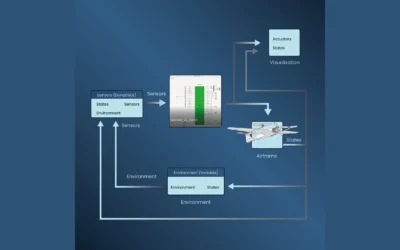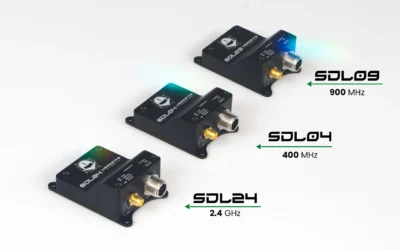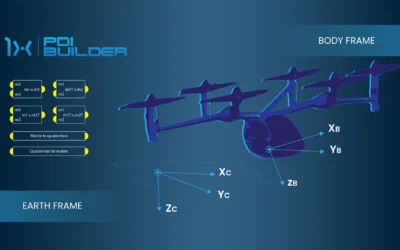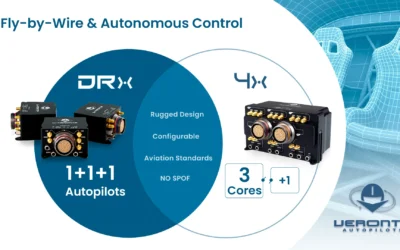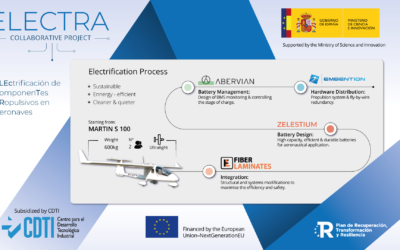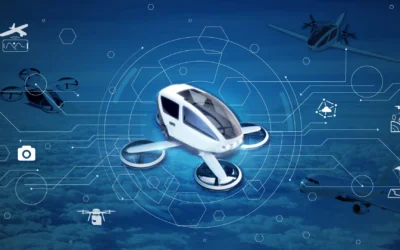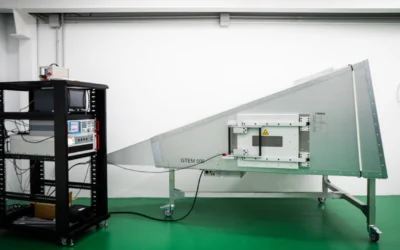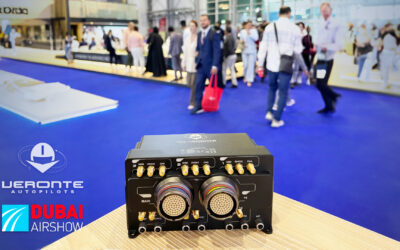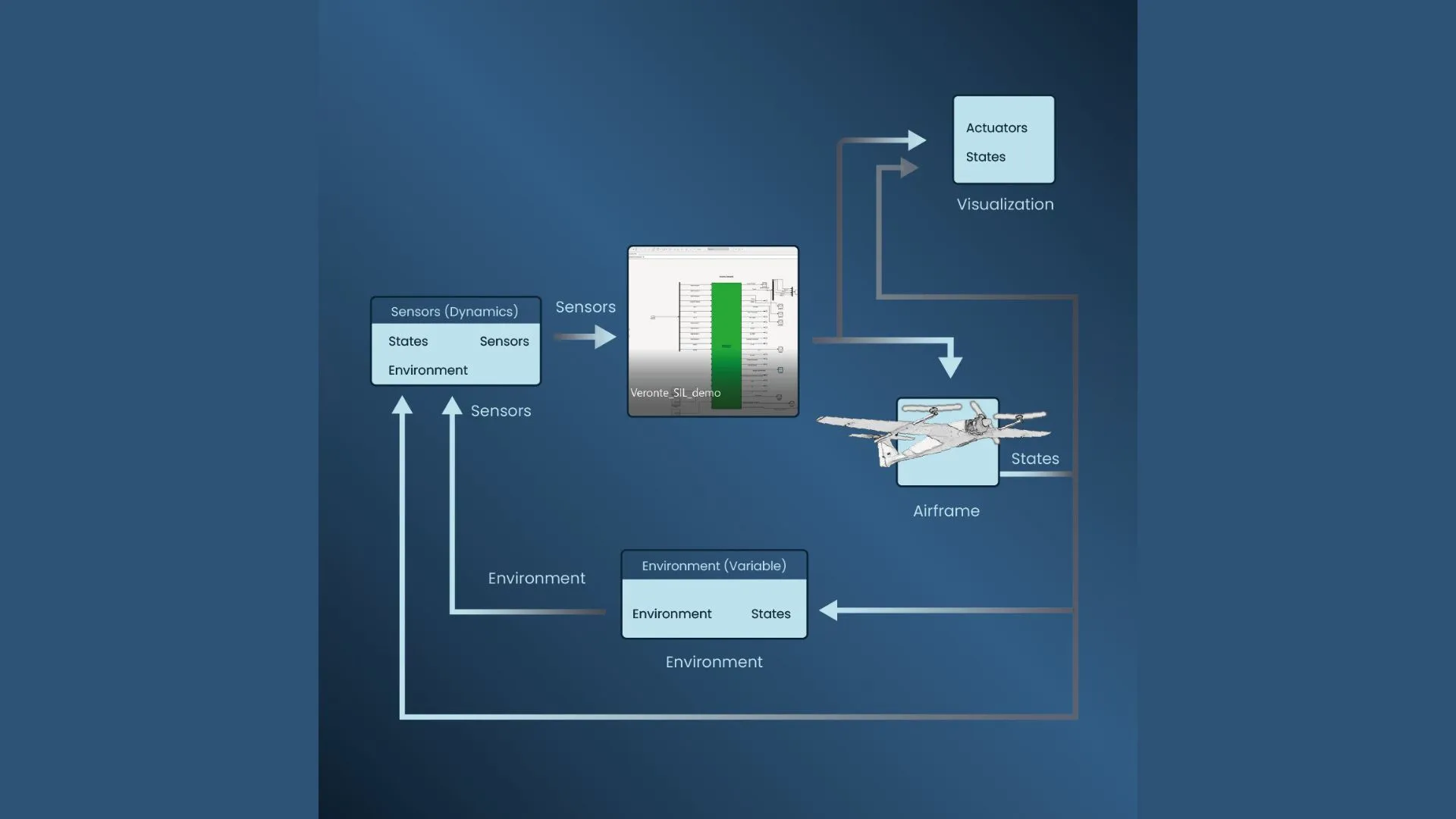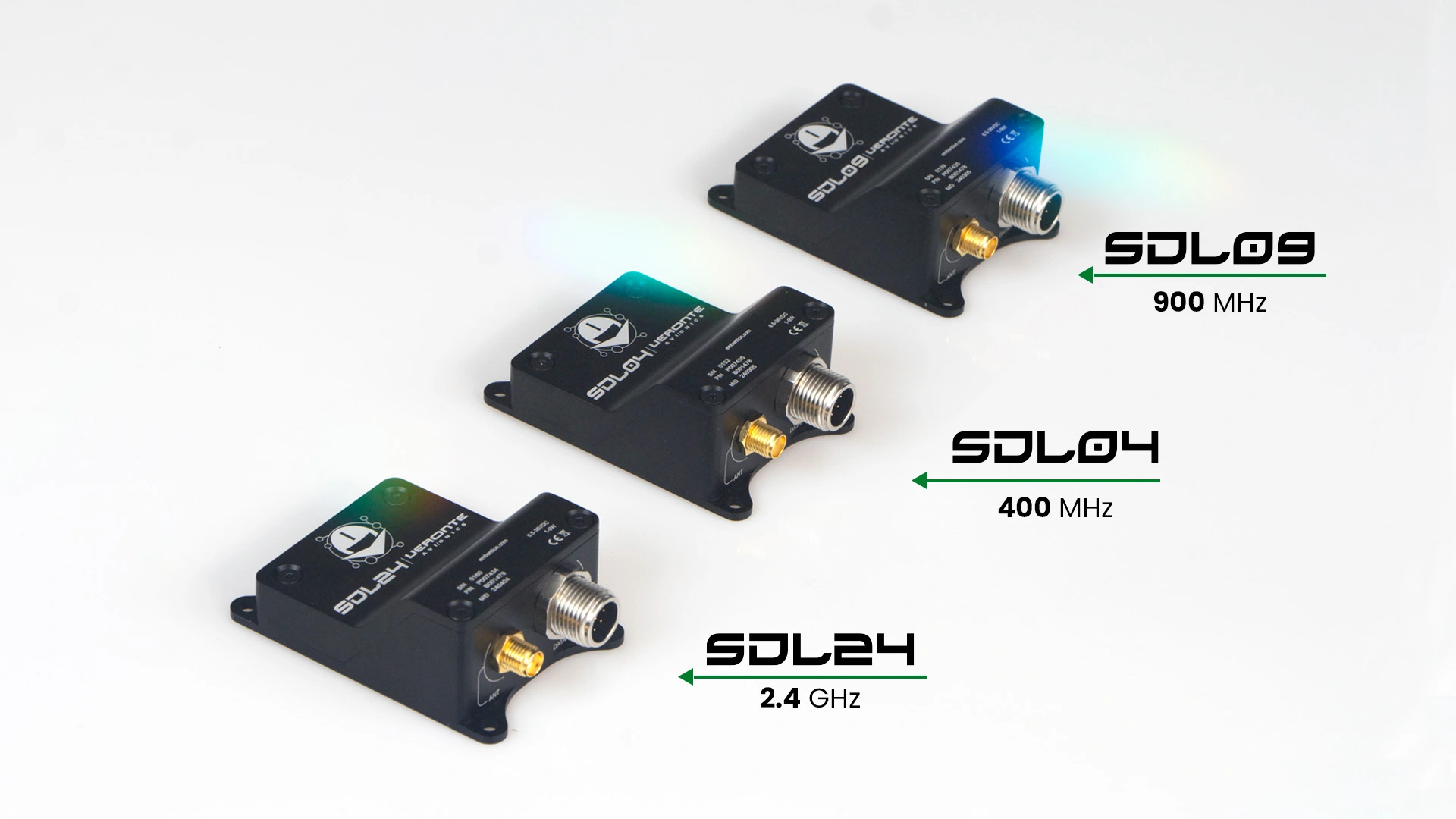Electronic Speed Controllers (ESCs) are electronic circuits that control the speed and direction of an electric motor. ESC integration with motors can be either sensorless or sensored. A sensorless ESC uses the back electromotive force (EMF) of the motor to determine the position and speed of the rotor. It does not require any additional sensors, such as Hall sensors, to detect the position and speed of the rotor. This makes the sensorless ESC configurations simpler and more cost-effective compared to sensored setups.
Main advantages:
One of the main advantages of a sensorless configurations is its efficiency. The lack of sensors means that there are fewer components that can fail, which improves reliability. Additionally, the use of back EMF to detect rotor position and speed results in smoother and more accurate control of the motor.
Another advantage of sensorless ESCs is their versatility. They can be used with a wider range of motors since they do not require a specific type of sensor to function. This means that sensorless ESCs can be used with both brushless and brushed motors, as well as with a variety of motor sizes and configurations.
Sensorless FOC control
There are several types of observers that can be used in FOC Sensorless control, but one of the most widely used is the Phase-Locked Loop (PLL) observer. The PLL observer has several advantages that make it a popular choice in FOC Sensorless control:
- The PLL observer is able to estimate the rotor position and speed with high accuracy, even at low speeds;
- The PLL observer is able to handle changes in the motor’s load and parameter variations, which can occur in real-world applications;
- The PLL observer is relatively simple to implement and does not require a large amount of computational resources.
This kind of observer together with a Sliding Mode Observer is a powerful tool for FOC Sensorless control. Its ability to provide accurate rotor position and speed estimates, handle changes in the motor’s load and parameters, and its simplicity and cost-effectiveness make it an ideal choice for many real-world applications.
The Veronte ESCs developed by Embention (MC110 and MC24) are high-performance motor controllers for eVTOL that offer advanced features such as adjustable FOC parameters, minimum current consumption and overcurrent protection. Therefore, they are specifically designed for UAM use on multirotor and fixed wing configurations, operating with voltages up to 550V and currents of 200A.

